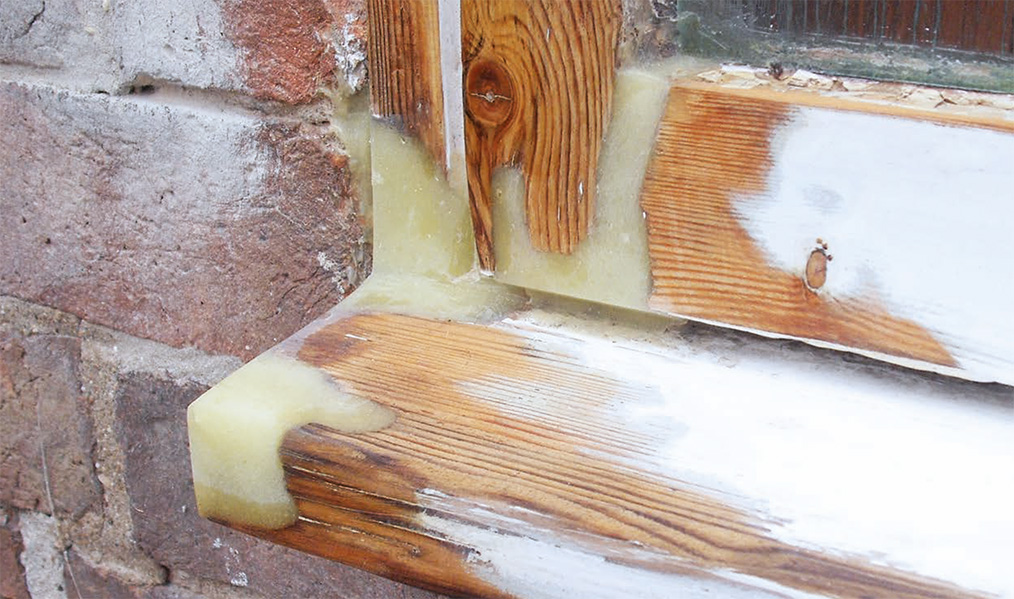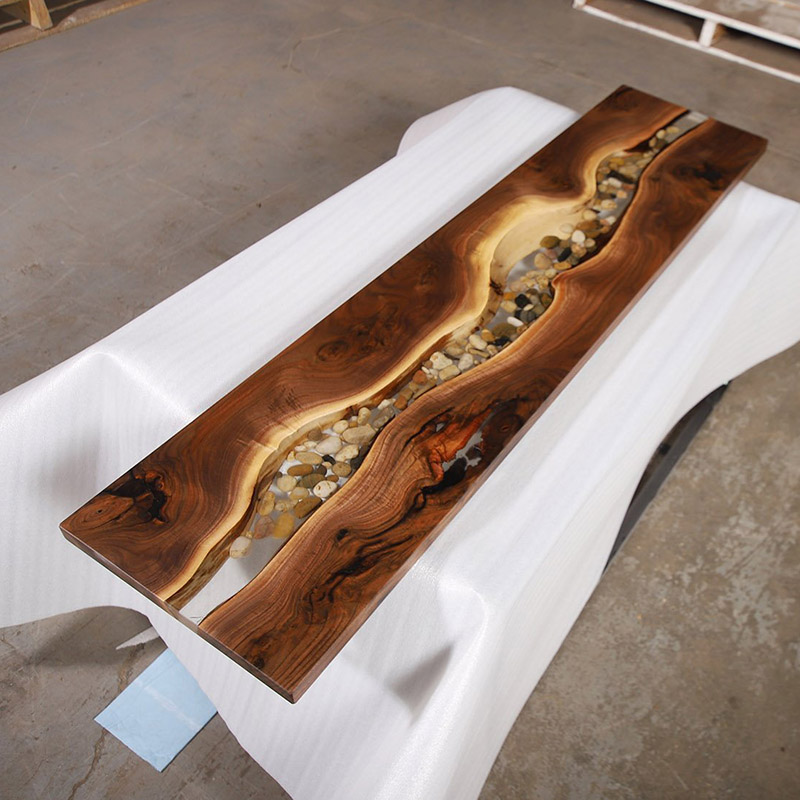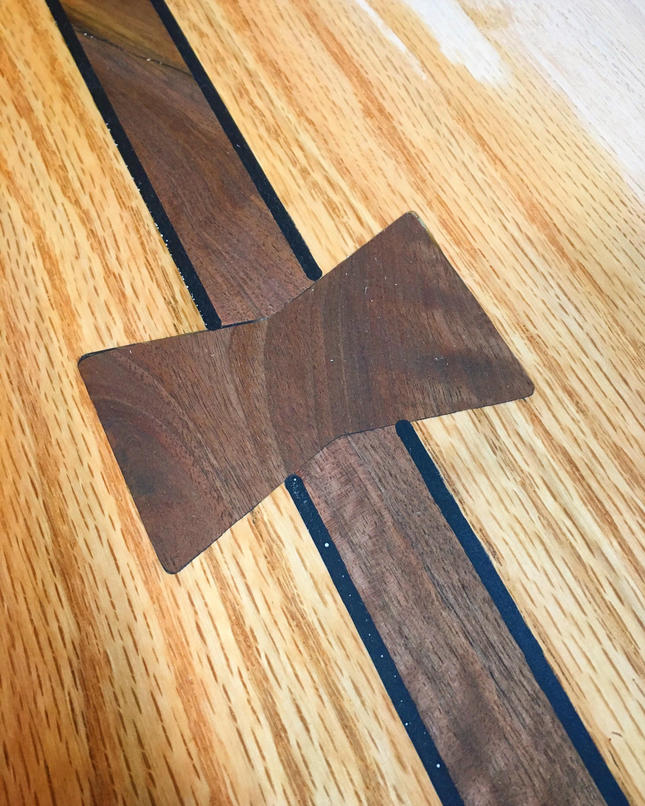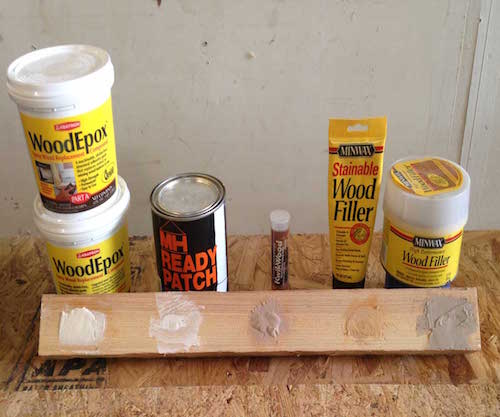

Usually, you would only choose to go the epoxy resin filler route under specific conditions. You have a few options when replacing and fixing wood.

If the piece of wood is uniquely designed and would be hard to replicate or replace, such as handmade or detailed pieces of turned wood.


If there are cracks, rot, or holes in the wood but about 80% of the wood is still in fair shape.Epoxy wood filler should be your go-to in one of the following situations: The wood should be replaced if you need to maintain the original construction and wood species of the piece.
Filling wood with resin Patch#
You can use a dutchman’s patch if the wood needs to be clear finished or if the wood requires milling or drilling. It is also easy to replace the wood if it is a standard cut and easily available and affordable. Also if you have had to do three prior epoxy wood fills to the wood you will need to replace it. If more than half the piece of wood is damaged you will, unfortunately, have to replace the wood. So, when should you use a liquid wood filler?
Filling wood with resin professional#
Using epoxy yourself can also be a more affordable option than having the wood filled in by a professional or replacing the wood completely. However, it is easy to work with to achieve a stunning, strong finish. Epoxy can be thought of as intimidating and is not normally the go-to for most people for home renovation DIY projects. If you have damaged wood that needs to be repaired there are different approaches you can take to replace or fill the wood. When your epoxy filler has cured, you can sand it down to achieve the necessary shape to match the wood. Wood filler putty is ideal for filling any holes on the surface of the wood. You can pour liquid epoxy into the wood and the internal holes and cracks will be filled with the liquid. You have to work relatively quickly once you have combined the two parts. When you combine these two parts a chemical reaction occurs which causes the epoxy to cure (dry). When you restore wood using epoxy filler, you achieve a solid base for the wood.Įpoxy filler is made up of two components – the hardener and the epoxy. Epoxy can be resistant to chemicals, waterproof, scratch-resistant, and heat-resistant. Epoxy wood filler will also prevent any additional decay or rot by coating the surface of the wood.Įpoxy can adhere to almost any surface and is a very versatile and durable material. If there are any holes, cracks, or gaps in the wood, epoxy can be used to fill them to strengthen and retain the original structure of the piece of wood. As a wood filler, you will be using epoxy in the form of pourable liquid or a putty.


 0 kommentar(er)
0 kommentar(er)
